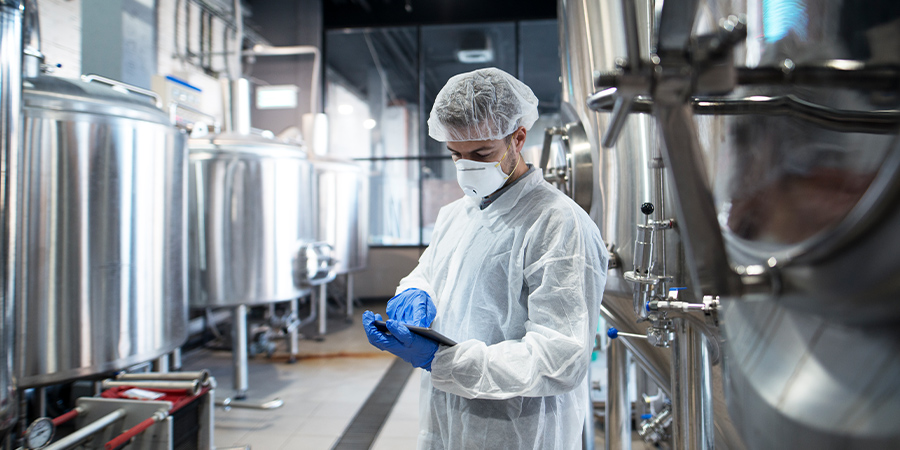When it comes to the food and beverage industry, nothing is more important than safety and sanitation. But of course, efficiency is nice, too.
The current rate of growth in the food and beverage sector — up 13% in sales and 17% in net profits from 2012 to 2013 — means that processors and manufacturers have to work harder than ever to keep up with demand. A streamlined system with the right tools and equipment can make all the difference in a successful operation.
Sanitary pumps are a vital component of any food and beverage line, but with so many different makes and models on the market, it can be difficult to choose the appropriate pump to best accommodate all of your needs.
Two of the most common classifications of pumps in the food and beverage world are centrifugal pumps and diaphragm systems. Both can be manufactured to FDA or 3A standards for use in a wide variety of applications, but each one offers distinct advantages for certain types of use.
Centrifugal Pumps are best for controlling flow rates in low viscosity fluids. The rotating propeller system allows for juices, concentrates, beer, and wines to be pumped at variable rates to meet capacity needs. Adjustable pump speeds also provides a cost-efficient method of flow control.
Sanitary Diaphragm Pumps use the principle of positive displacement instead of centrifugal rotation to move liquids. Internal diaphragms inside the pump shift left to right to move materials from the suction side to the discharge side of the pump.
Unlike centrifugal systems, sanitary diaphragm pumps are better equipped to handle high viscosity fluids, like chocolate or baby food, and can even handle materials with solids, like soups or chicken gizzards.
While centrifugal pumps are an affordable and fast option for high flow pumping, they’re not always the best choice. Sanitary diaphragm pumps are also better for handling products that require low flow accuracy, shear sensitivity, or careful temperature regulation.
Ultimately, the ingredients of your production process should guide you to the right pump system. Let our team of experts work with you to find the right pump solution to suit your food and beverage needs — safely, efficiently, and hygienically.




